The agricultural industry is undergoing a technological transformation, with drones playing a crucial role in increasing efficiency and productivity. Agricultural drones have become essential for modern farming, helping with crop monitoring, spraying, seeding, and irrigation. This article explores the benefits of agricultural drones, their applications, and why they are the future of smart farming.
![图片[1]-Why Every Farmer Should Consider Agricultural Drones for Better Productivity-msoen](https://www.msoen.com/wp-content/uploads/2025/03/2e999feb0e8b.jpg)
The Benefits of Agricultural Drones
1. Increased Efficiency and Productivity
Traditional farming methods require extensive labor and time. Drones can cover large areas quickly, performing tasks such as spraying pesticides or fertilizers in a fraction of the time compared to manual labor. This allows farmers to focus on other essential operations.
2. Precision Agriculture for Better Crop Management
Agricultural drones use GPS, AI, and multispectral imaging to collect real-time data on crop health, soil conditions, and water distribution. This precision farming approach enables farmers to make data-driven decisions, improving yields and reducing resource wastage.
3. Cost Savings and Resource Optimization
Drones help reduce the excessive use of fertilizers, pesticides, and water by targeting specific areas that need treatment. This lowers costs and minimizes environmental impact, making farming more sustainable.
4. Access to Hard-to-Reach Areas
Some farmlands have difficult terrains or remote locations where traditional farming equipment cannot operate efficiently. Drones can easily navigate such areas, ensuring uniform spraying and monitoring without damaging crops.
5. Real-Time Monitoring and Data Collection
Drones equipped with high-resolution cameras and infrared sensors can identify plant diseases, pest infestations, and nutrient deficiencies early. By providing real-time data, farmers can take preventive measures before major crop losses occur.
Key Applications of Agricultural Drones
1. Crop Spraying and Pest Control
Drones with precision spraying systems distribute pesticides, herbicides, and fertilizers efficiently, ensuring even coverage and reducing chemical exposure for workers.
2. Crop Health Monitoring
By capturing multispectral and thermal images, drones can detect crop diseases, monitor plant growth, and identify areas that need attention, allowing farmers to intervene before problems worsen.
3. Seeding and Planting
Drones can be used to distribute seeds in large fields, improving efficiency and ensuring uniform growth, especially in hard-to-reach areas.
4. Irrigation and Water Management
By analyzing soil moisture levels, drones help optimize water usage, ensuring that crops receive the right amount of hydration while reducing water waste.
5. Livestock Monitoring
For farmers managing large pastures, drones help monitor livestock movement, health, and grazing patterns, reducing the need for manual inspections.
Why Agricultural Drones Are the Future of Farming
- Sustainable Agriculture – Reducing chemical use and optimizing water resources contribute to environmentally friendly farming practices.
- Higher Yields – With better monitoring and precision application of inputs, farmers can increase crop production while minimizing losses.
- Automation and AI Integration – Future drones will integrate AI and machine learning, further enhancing decision-making in agriculture.
- Cost-Effective Solutions – As drone technology advances, prices continue to decrease, making them more accessible for small and large-scale farmers alike.
Conclusion
Agricultural drones are transforming the way farming is conducted, offering precision, efficiency, and cost savings. By integrating smart technology with traditional farming, drones enable higher productivity, reduced waste, and sustainable agricultural practices.For farmers looking to improve their operations, investing in agricultural drone technology is a step towards a smarter, more efficient future.

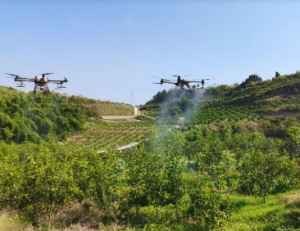
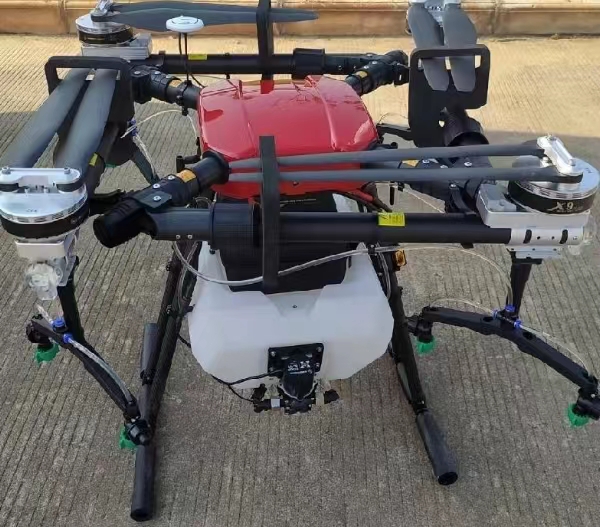
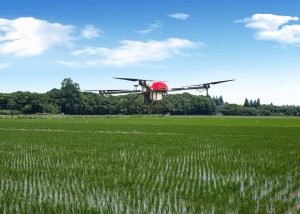
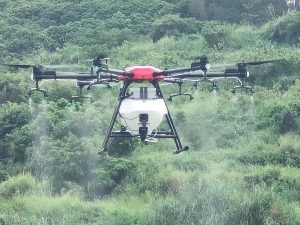
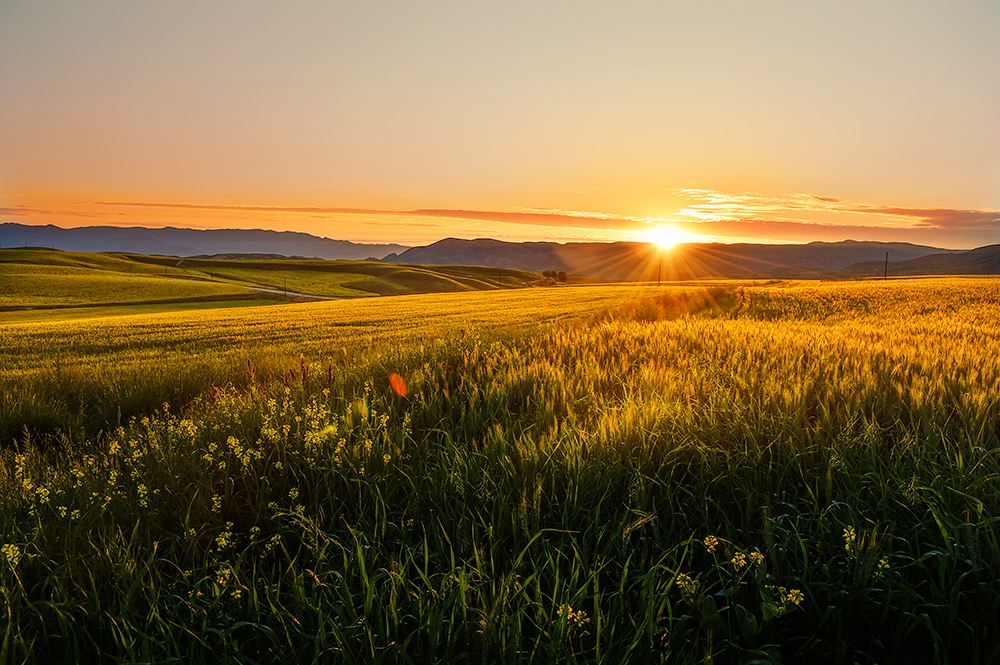
暂无评论内容